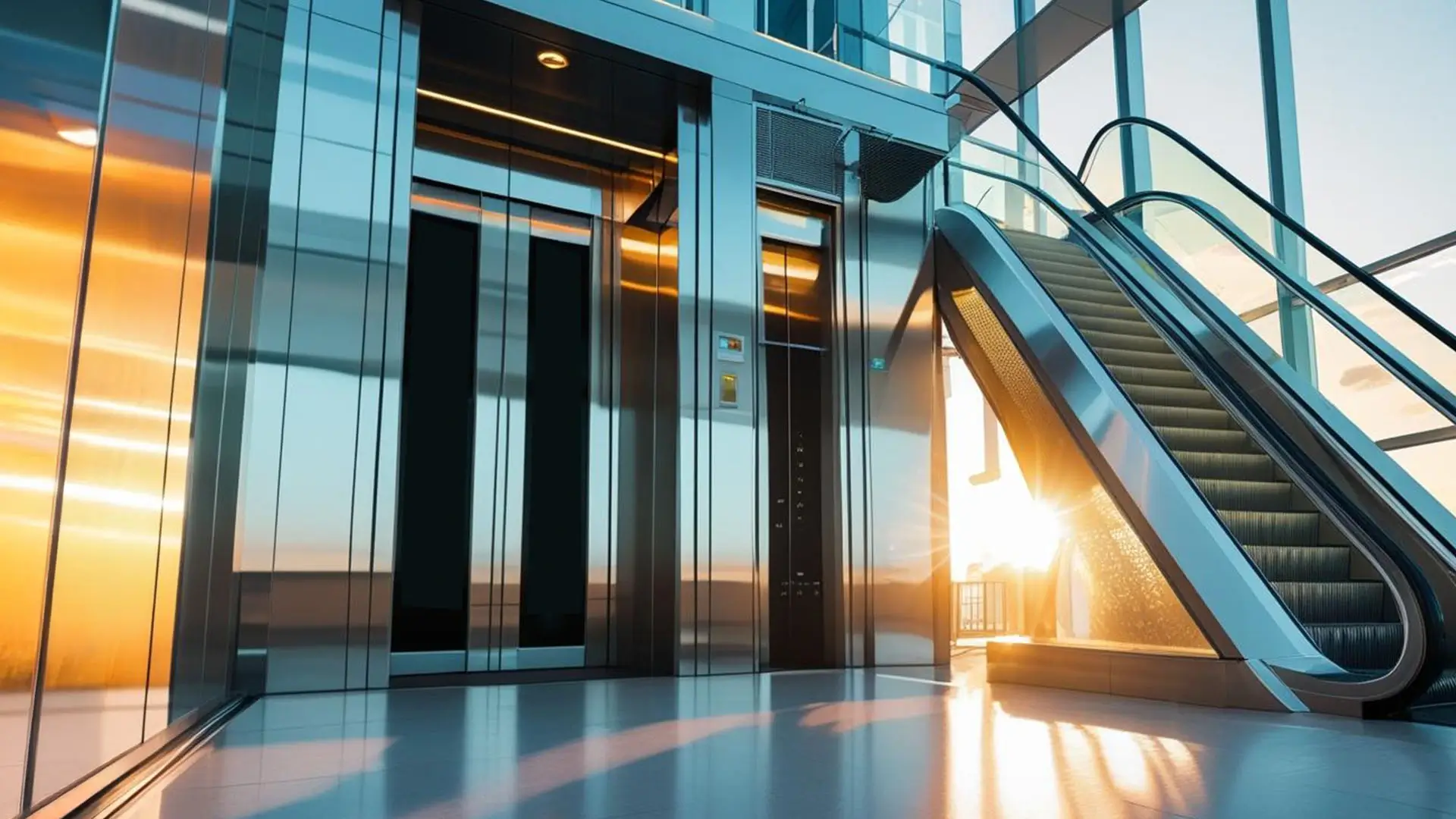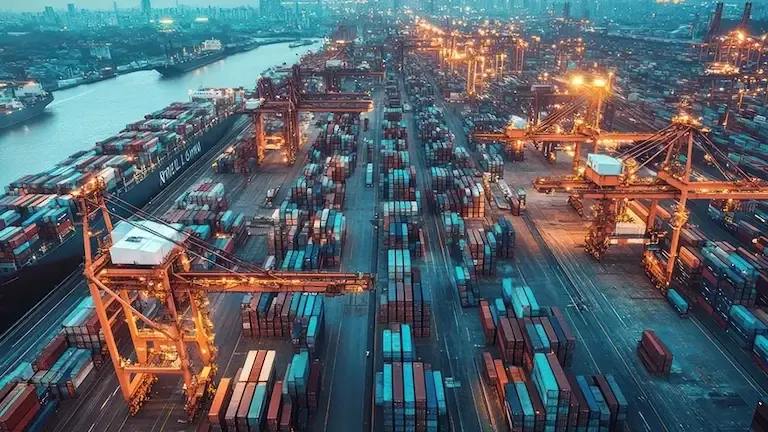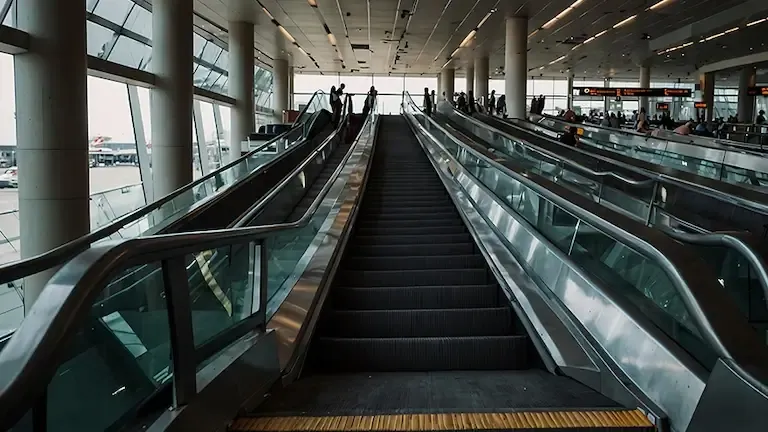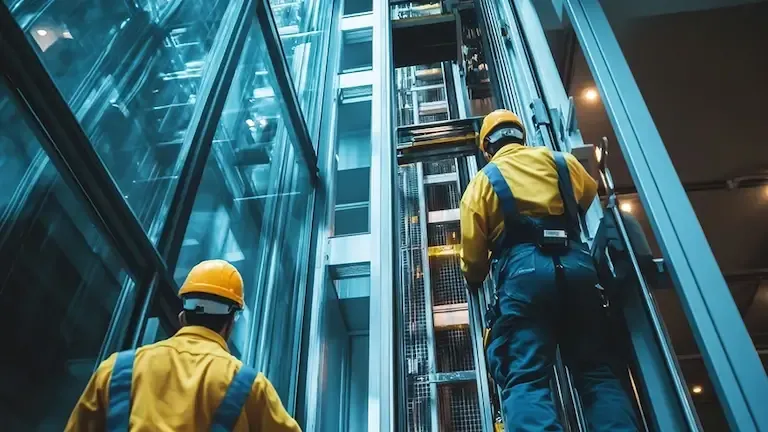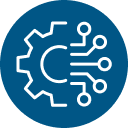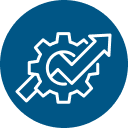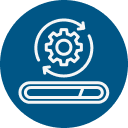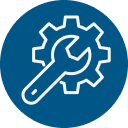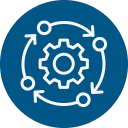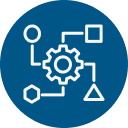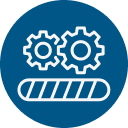Elevator and Escalator Manufacturers
From virtual design to real-world performance, this is how top manufacturers reinvent elevators and escalators to be safer and smarter.
Behind every high-rise, transit hub and dense urban district, vertical mobility is what keeps people — and cities — moving. According to the National Elevator Industry Inc., in the United States alone, elevators and escalators carry passengers more than 2.55 billion miles each year, surpassing the total distance traveled by rail and air combined. However, for elevator and escalator manufacturers, decades-old systems are becoming increasingly incompatible with modern-day expectations. Rapid urbanization, stricter safety standards and rising building complexity push manufacturers to modernize their equipment and rethink how people flow management is handled within high-traffic environments.
Today, the focus is on optimizing how these essential systems look, perform and consume energy in a world that demands reliability, safety and sustainability. The future of vertical mobility lies in a data-driven, digital-first approach — one that transforms how elevators and escalators are designed, operated and maintained.
Key Challenges in Elevator and Escalator Manufacturing
- Urban Density
- Supply Chain Constraints
- Aging Infrastructure
- Regulatory Pressure
Urban Density
The rapid growth of urban population is accelerating the construction of high-rise buildings and dense transit hubs, compelling elevator and escalator manufacturers to deliver systems that are efficient and capable of handling high volumes of traffic. Meeting these demands requires more than scaled production; it calls for smart, flexible systems optimized for performance, reliability and space efficiency.
Supply Chain Constraints
Manufacturers continue to face persistent supply chain challenges, particularly with aging or obsolete components that are no longer readily available. The need to custom-build replacements for equipment upgrades adds cost, delays and complexity to already pressured timelines. Without integrated planning and agile engineering, supply volatility can quickly become a bottleneck to innovation and delivery.
Aging Infrastructure
Many existing elevators and escalators in use today are reaching obsolescence, pressuring manufacturers to modernize their building equipment without disrupting existing structures.But doing so within these physical and regulatory constraints — while ensuring safety, energy efficiency and user experience — requires precise engineering and coordination. Without a digital strategy to guide and validate modernization efforts, manufacturers risk delays, rework and rising costs.
Regulatory Pressure
As building equipment becomes more intelligent, elevator and escalator manufacturers must meet stricter standards for safety, energy use and environmental impact. New regulations are pushing for better lifecycle transparency and the use of greener materials to align with global sustainability targets. At the same time, the integration of hardware, software, sensors and internet of things (IoT) is adding complexity — raising the bar for traceability, data integration and real-time performance monitoring.
Transforming Elevator and Escalator Manufacturing Business
To meet rising demands for smarter, safer and more sustainable systems, Dassault Systèmes’ 3DEXPERIENCE® platform is transforming how elevator and escalator manufacturers engineer, deliver and service their building equipment — by connecting design, engineering, production and after-sales in one unified environment.
Elevator manufacturers
Core needs:
- Safe, reliable systems tailored to diverse building types
- Compliance with global safety and sustainability regulations
- Energy-efficient designs with IoT-enabled predictive maintenance
- Real-time condition monitoring, remote diagnostics and AI-powered maintenance scheduling
- End-to-end lifecycle management
- Virtual twin-based servicing and performance optimization
- Global supply chain agility
- Modular, scalable product platforms
With the virtual twin technology on the 3DEXPERIENCE platform, elevator manufacturers can now build and operate smarter, safer and more efficient systems across all stages of the product lifecycle — from design to manufacturing, maintenance and beyond.
How the 3DEXPERIENCE platform helps
Enable systems optimization through MBSE
Design elevators as integrated systems with model-based systems engineering (MBSE), capturing requirements early, simulating system behavior and validating designs before physical development.
Enhance equipment performance
Develop detailed 3D models, simulate real-world conditions and verify compliance with industry standards in one unified environment for faster product development and fewer physical prototypes.
Accelerate manufacturing excellence
Digitally plan and optimize assembly processes with virtual twins to gain real-time visibility into operations and greater agility across global manufacturing networks.
Optimize maintenance and repair efficiency
Connect the virtual twin of each installed elevator to real-time operational data to enable predictive maintenance, streamline service scheduling and equip technicians with visual guidance.
Meet compliance and sustainability goals
Design greener products by simulating energy efficiency, material use and carbon impact upfront while ensuring compliance through integrated data governance and automated reporting.
Break silos with real-time collaboration
Bring global, cross-discipline engineering teams together on a single collaborative platform to enable seamless data sharing, detect issues early and reduce costly late-stage changes.
Drive closed-loop innovation with field data
Fuel continuous improvement by feeding real-time elevator data – covering usage patterns, wear and tear, and customer behavior – back into engineering to improve future designs and system performance.
Enhance customer-centric innovation
Empower teams with virtual twins to co-design personalized elevator systems tailored to each building, validate different configurations early and accelerate stakeholder approvals.
Escalator manufacturers
Core needs:
- Durable, high-performance systems for high-traffic public spaces
- Built-in safety and reliability with low total cost of ownership
- Advanced features for energy-efficient, low-maintenance operations
- Compliance with global safety and accessibility standards
- Customization for complex architectural integration
- Smart monitoring and predictive maintenance capabilities
- Modular design for faster installation and upgrades
- Noise and vibration reduction
- Global supply chain efficiency and compliance
By adopting AI-powered digital tools on the 3DEXPERIENCE platform, escalator manufacturers can engineer resilient, energy-efficient systems built for the intense demands of airports, metro stations and commercial buildings. Virtual twin technology, in particular, enables teams to deliver high-performance equipment that meets evolving regulatory and accessibility standards, supports predictive maintenance and adapts easily to architectural constraints — all while minimizing cost and environmental impact.
What’s Next for Vertical Mobility? Let’s Explore
How the 3DEXPERIENCE platform helps
Real-world simulation and durability testing
Virtually test escalator components and systems under heavy load, high-traffic and environmental stress scenarios to ensure long-term performance before physical prototypes.
Virtual twins for lifecycle monitoring
Create a virtual twin of each deployed escalator to monitor system health, predict wear and schedule maintenance precisely, extending lifespan while reducing downtime.
Compliance from design to delivery
Ensure all systems align with local and international safety, environmental and accessibility standards through embedded requirements management, traceability and certification support.
IoT-enabled performance insights
Connect smart escalators to gather real-time usage data and performance trends, enabling proactive decisions that reduce energy consumption and support service optimization.
Collaborative product development
Unite mechanical, electrical and software engineers across global teams in one shared environment to reduce rework and improve design consistency through real-time collaboration and data access.
Configuration management for customization
Manage highly customized escalator variants such as height, angle, finish and safety features within a unified platform that keeps BOMs, design rules and production aligned.
Digital planning for manufacturing
Simulate production and escalator installation processes in complex environments and optimize logistics, resource allocation and resources for smoother delivery and assembly.
Connected supply chain operations
Coordinate design, sourcing and production in a shared environment with teams, suppliers and logistics partners to gain visibility into material availability, lead times and potential disruptions.
